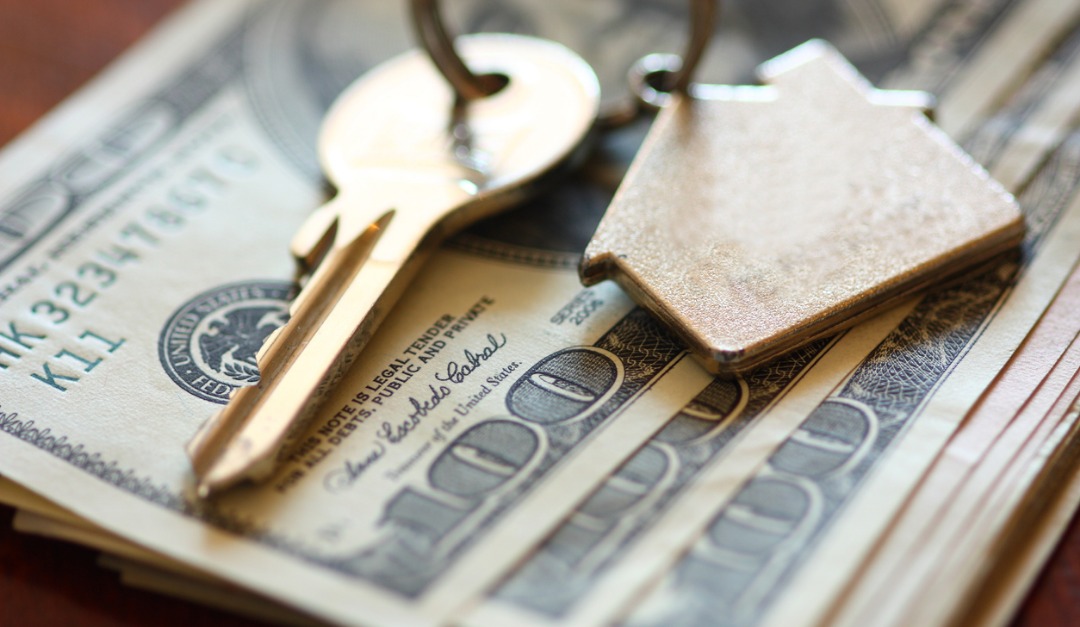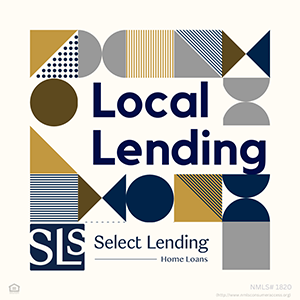
How to Avoid Having to Buy Private Mortgage Insurance
Some mortgage lenders allow homebuyers to put down less than 20 percent of a house’s purchase price, but those loans are riskier from a lender’s perspective. A lender generally requires a buyer who puts down less than 20 percent to purchase private mortgage insurance (PMI) to protect the lender in case the borrower defaults or goes into foreclosure. PMI can cost hundreds of dollars per month, on top of regular mortgage payments and property taxes.
How to Get Around Paying for PMI
One option to avoid PMI is to use a piggyback mortgage. In that scenario, you could take out a first mortgage for the majority of the house’s purchase price, plus a second mortgage, at the same time. Usually the first mortgage is for 80 percent of the purchase price, the second mortgage is for 10 percent, and the buyer makes a 10 percent down payment. The second mortgage and down payment together make up 20 percent of the purchase price, thus allowing the buyer to avoid purchasing PMI. The second loan typically has a higher interest rate than the first. The total payments for a first and second mortgage are often less than the cost of monthly payments for one large mortgage plus PMI.
Some companies offer lender-paid mortgage insurance. In that case, the cost of PMI is rolled into the loan’s interest rate. The higher interest rate applies for the life of the loan, which means you could wind up paying significantly more in interest than you would with a large down payment or two mortgages.
How Long Is PMI Required?
A borrower can ask a lender to eliminate PMI when the owner has reached 20 percent equity. Lenders aren’t allowed to require PMI after a homeowner has a loan-to-value ratio of 78 percent or less. That target can be reached by a reduction in principal on the mortgage(s) and/or an increase in the house’s value.
If your house appreciated in value quickly, you might be able to reach a low enough loan-to-value ratio to eliminate PMI within a few years. If your house gained value slowly, it could take a long time to eliminate PMI.
Consider All Your Options
If you’ve found your dream house but can’t come up with a 20 percent down payment, you might be able to avoid PMI by taking out a second loan if your lender doesn’t offer lender-paid mortgage insurance. Compare mortgage terms from several lenders to find out how much you’d pay in principal and interest. Then compare that figure to what you’d pay for PMI. Also, talk to your real estate agent about trends in the local housing market to get an idea of how quickly or slowly your new home would be likely to increase in value to figure out approximately how long it would take to eliminate PMI.
This article is intended for informational purposes only and should not be construed as professional or legal advice.




